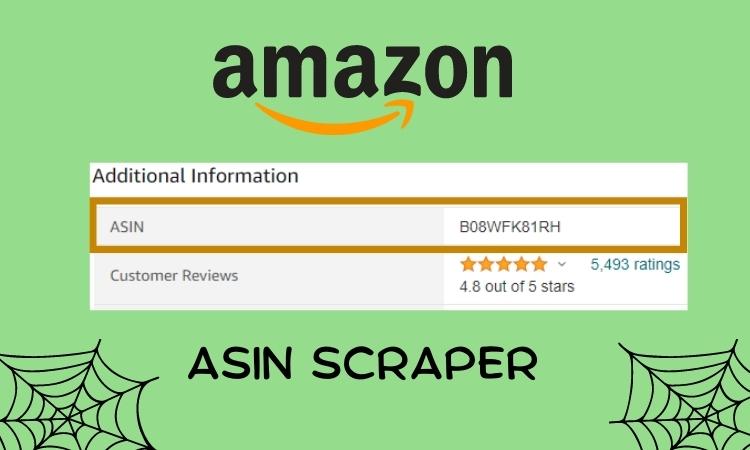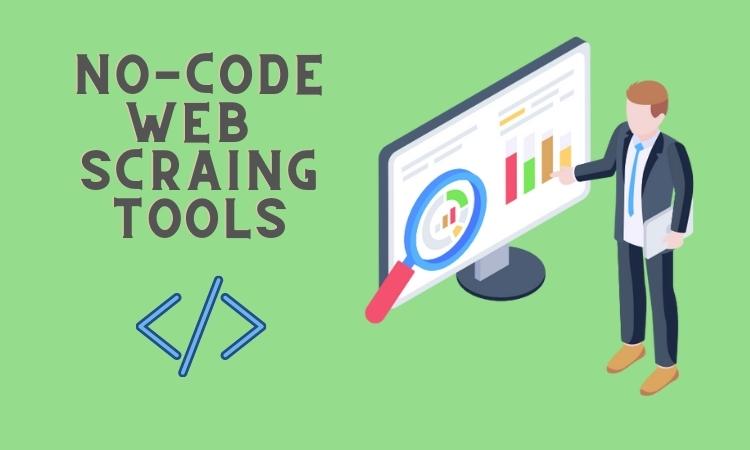Web Scraping VS Web Crawling: What Is The Difference?
Web Scraping vs Web Crawling are often confused together, people use these terms interchangeably, but is web crawling the same as web scraping?
Web Scraping vs Web Crawling are often confused together, people use these terms interchangeably, but is web crawling the same as web scraping?
The short and quick answer is No, they are not the same? But what exactly each term means?
In this article, we will understand the difference between web crawling and web scraping. But let’s first define what web crawling and web scraping are exactly.
Is Web crawling the same as Web scraping?
Web scraping is the process of extracting data from websites.
Web crawling is the process of finding the URLs’ or links on the web.
For data extraction projects, you do both, web crawling and web scraping. First, you crawl and find the URLs’. Download their HTML files and then scrape the data from those HTML files.
If you want a custom web scraping or data mining solution, Alnusoft is currently offering Discounts.
<<Click here to get a free quote today>>
Web Crawling vs Web Scraping Python
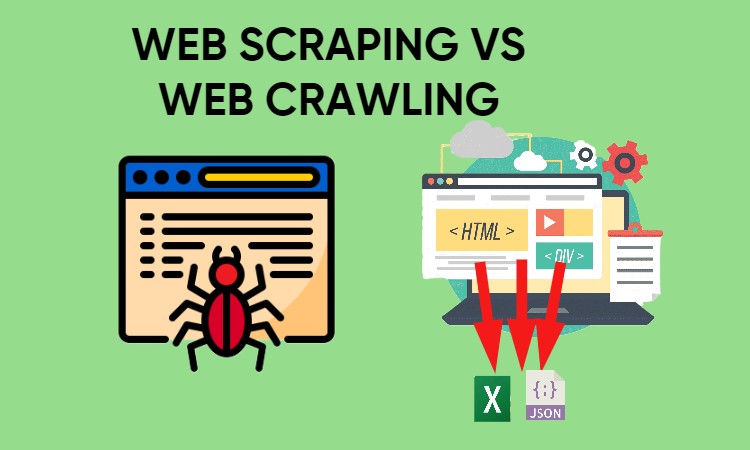
Web scraping is when you download publicly available data on the web into your computer. It is often done through a Python scraper. Likewise, a web crawler refers to searching websites for data extraction. It is done in large quantities and thus requires a crawling agent.
So for crawling a webpage, the python process would be like
- Crawler goes to the predefined target – www.example.com
- Discovers the pages
- Finds the product data i.e. price, description, etc.
This data will then be downloaded. This part of downloading data is web scraping now.
Scroll down to get a deeper understanding of web crawling and web scraping.
Related: Best No Code Web Scraping Tools
What is Web crawling and Scraping?
What is Web Scraping?
Web Scraping refers to the process of extracting data from a website. It is extracted into a file format like an excel spreadsheet. Web scraping can be done manually. Usually, automated tools are used to extract data.
Often web scraping has a focused approach. Tools are used to extract specific kinds of data sets from the website.
Approaches to Web Scraping
You can scrape the web manually if you are looking for a small amount of data from a few pages. This means you will go through each page yourself and get the data you want. Like checking eBay or amazon for getting prices of a certain product.
You can also use automated web scraping tools. Some of the famous web scraping tools are.
You can make your own automated scraper too if you have some coding skills.
Related: Is Web Scraping Legal in 2022
How Web Scraping works?
Web scrapers take a list of URLs. It loads the HTML code for all of these web pages. If you use an advanced scraper, it will render the website also including Javascript and CSS on the pages. The scraper will then extract all the data you have defined.
If you want your scraper to work efficiently. You should define the data you are looking for. Like if you just want to get the prices of the products from amazon and not the description. Define it beforehand to save time and resources.
Once the scraper collects the data. It will put the data into a file format like Excel or CSV file for you. Some tools also return JSON that can be used for API calls.
Use Cases for Web Scraping
Mostly the use cases of web scraping are in a business context. A new company checking the prices of its competitors. Some other examples of how businesses can use web scraping are.
- E-commerce monitoring of competitors
- Research on new products in the market
- Data journalism
- Helpful in Lead generation by gathering user data
- Data journalism to tell stories through infographics etc
What is Web Crawling?
Web Crawling refers to the process of using bots for indexing content from the internet. Search engines like Google, use web crawling bots to get links and sort through information. Web crawlers go through website sitemaps to discover the information a website contains.
Web spiders or bots let you know what content is available and where it is located. Yes, they don’t gather the information for you. but they don’t actually gather information for you.
How Web Crawlers Work
Web crawlers initiate from a webpage link on a website. Once it has the initial link, it then enters all the links on that page. It goes through all these related links to create its own map to understand the content on each page.
Site maps are also helpful. They give crawlers a way to understand the structure of the website and its linking strategy. Some websites add links for SEO purposes. The more easily a website is easily found by web crawlers, the higher it will rank in search engines.
Web crawling can be done manually by going through all the link on websites and taking notes of what page constraints what information. You can also use automated tools.
Web crawling tools
There are many free and paid web crawling tools available. If you know coding, you can make your own web crawler too. Some of the popular automated web crawling tools are.
These tools scan thousands of web content for you just with a few clicks. Now let’s go over some use cases.
Use cases for web crawling
The most common use is for search engines, like Google, DuckDuckGo, Bing etc. Crawlers find and indexes the information for users. A search engine like Google uses web crawlers to index the sites based on the content they have for the bots look. When the bots find the websites with relevant content. Bot makes a note of the site and give it a ranking in user search results.
You can also user web crawlers for
- SEO Analytics – for researching keywords or finding competitors.
- On-Page SEO Analysis – for finding errors on the websites
Difference between web crawling and web scraping
Here we will highlight the main differences to be understood between web scraping and web crawling
| Web Crawling | Web Scraping |
| Indexes the pages based on the content available on the page. | Extracts all the information from the page for further analysis |
| Does not extract any data from the indexed pages. | Does not index the web page or content |
Closing Thoughts
Web scraping is a targeted research from the websites that you have identified for extracting data, by performing web crawling. You can use them together making an automated process. Generate a list of links via API calls. Store them in a format that the web scraper understands. The web scraper can then extract the data from those links.
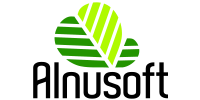
![How to Scrape Slickdeals [A Comprehensive Guide]](https://www.alnusoft.com/wp-content/uploads/2023/08/How-to-Scrape-Slickdeals-1.jpg)



